Planetary Radio • Feb 21, 2018
The Eyes of a New Mars Rover: Mastcam-Z
On This Episode

Jim Bell
Past President (2008-2020), Board of Directors of The Planetary Society; Professor, School of Earth and Space Exploration, Arizona State University; Principal Investigator, NASA Perseverance rover Mastcam-Z instruments
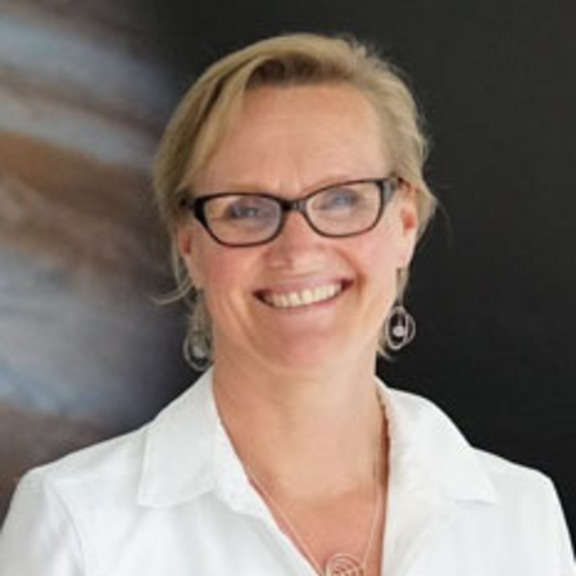
Elsa Jensen
Instrument Operations Manager at MSSS and Mastcam-Z Uplink Operations Lead for Malin Space Science Systems

Kjartan Kinch
Mastcam-Z Co-Investigator and an associate professor for Niels Bohr Institute of the University of Copenhagen

Melissa Rice
Mastcam-Z Co-Investigator and Associate Professor of Planetary Science for Western Washington University
Mat Kaplan attended a meeting of the science team for the zoom lens camera that will be atop the Mars 2020 rover mast. Planetary Scientist Jim Bell tells us how this new system will show us the Red Planet as we’ve never seen it before. Space is hard. Sample return is even harder, says Senior Editor Emily Lakdawalla. Bruce Betts presents Mat Kaplan with a musical Random Space Fact in this week’s What’s Up segment.
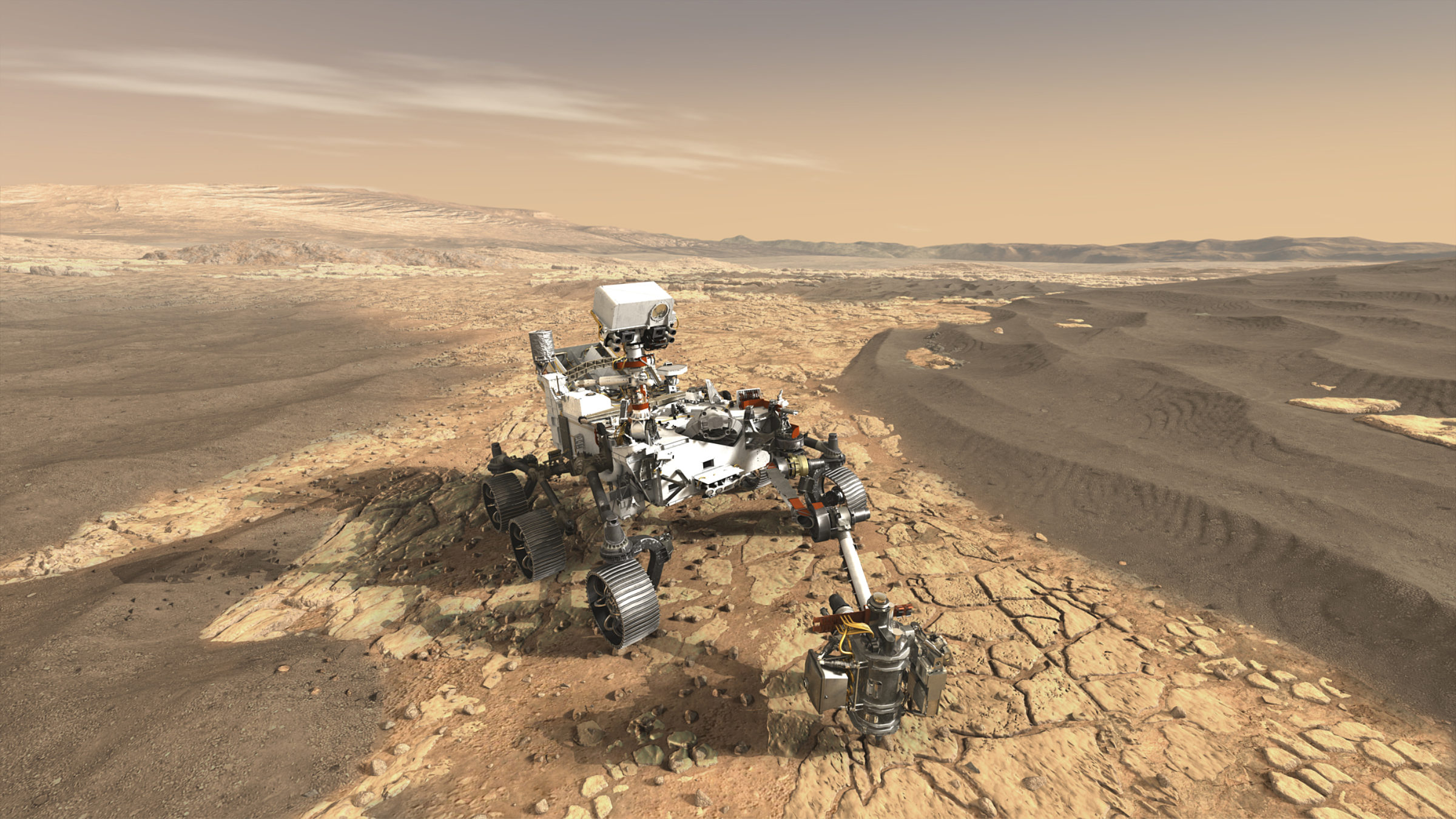
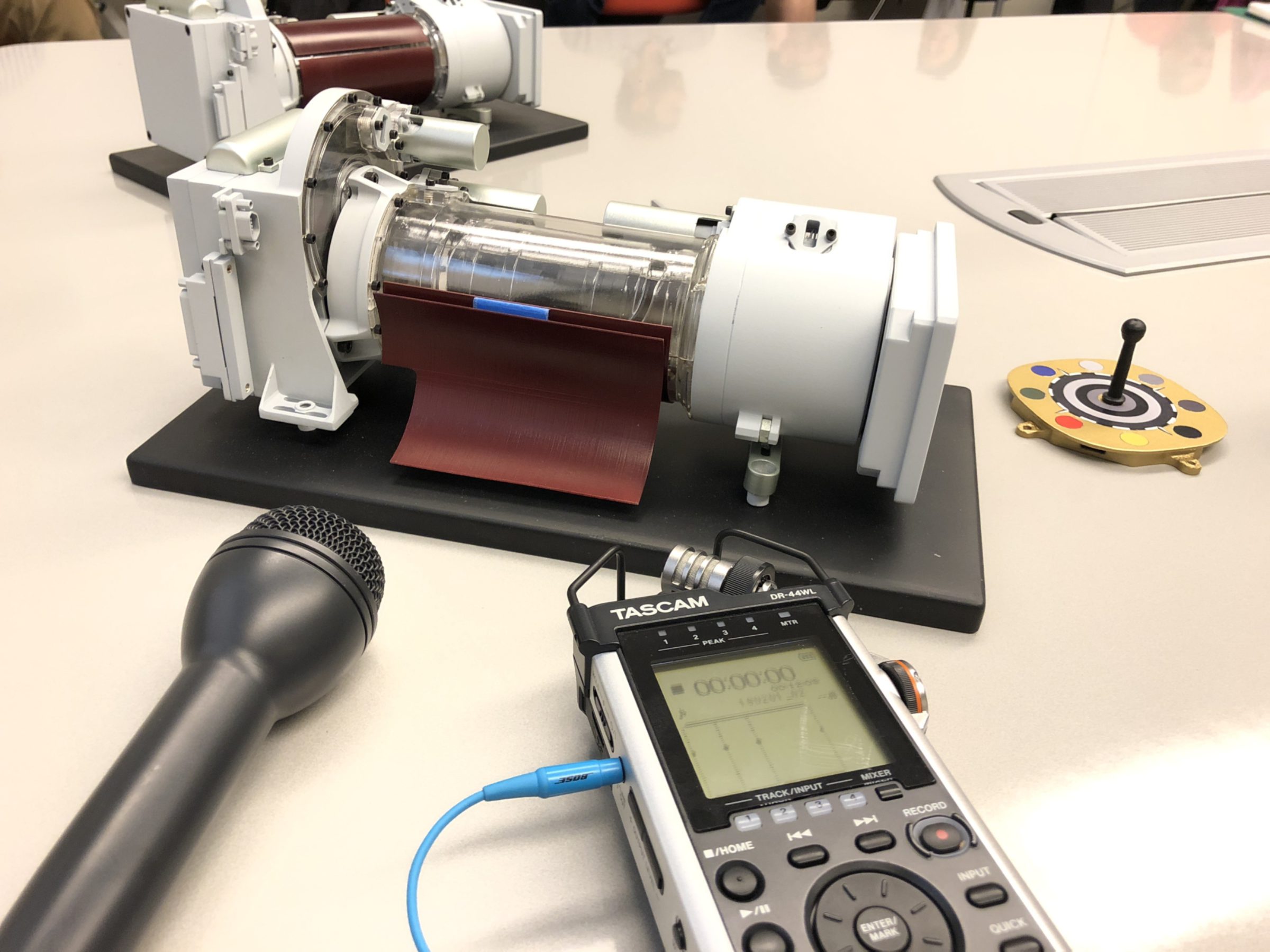
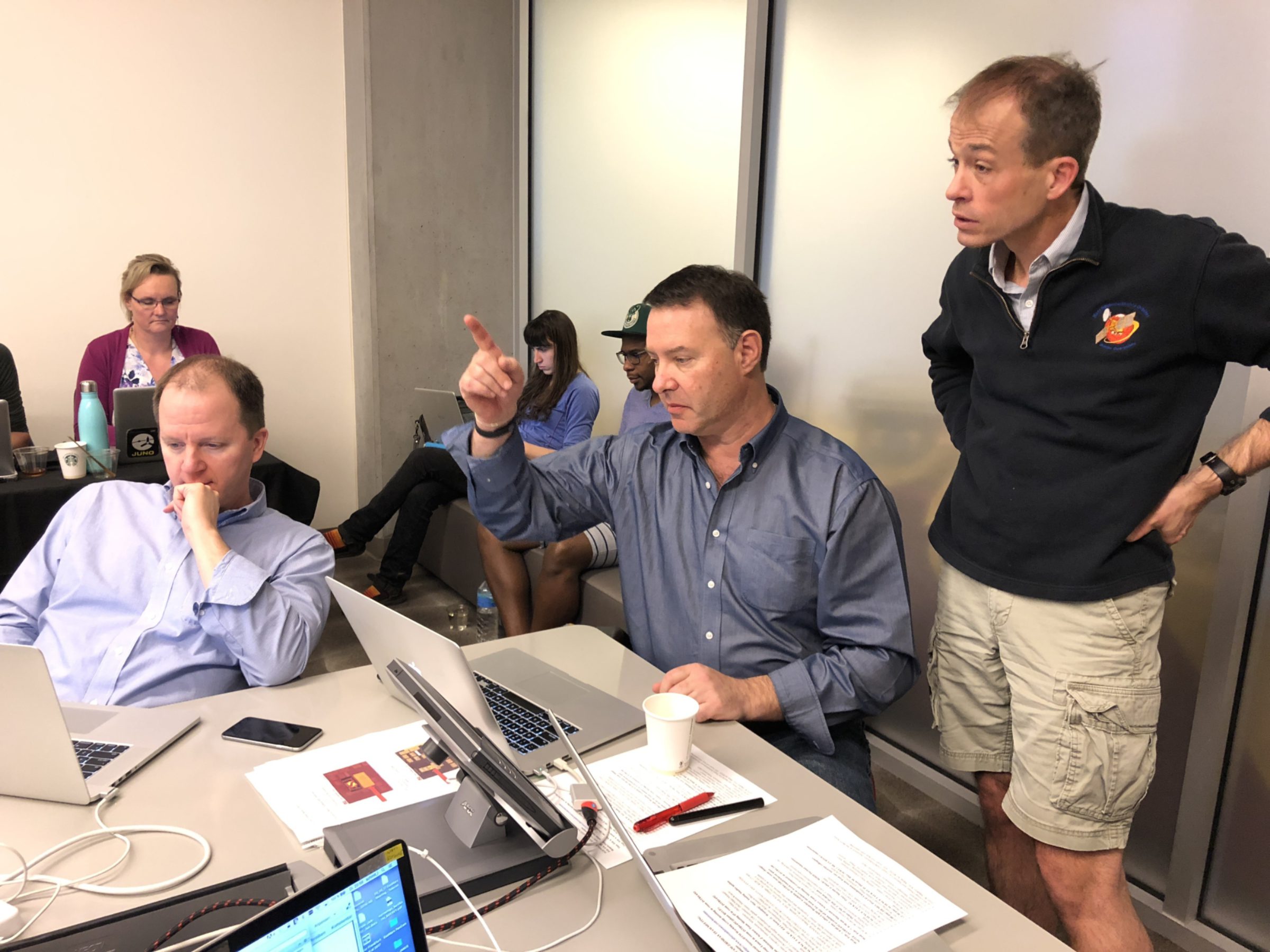
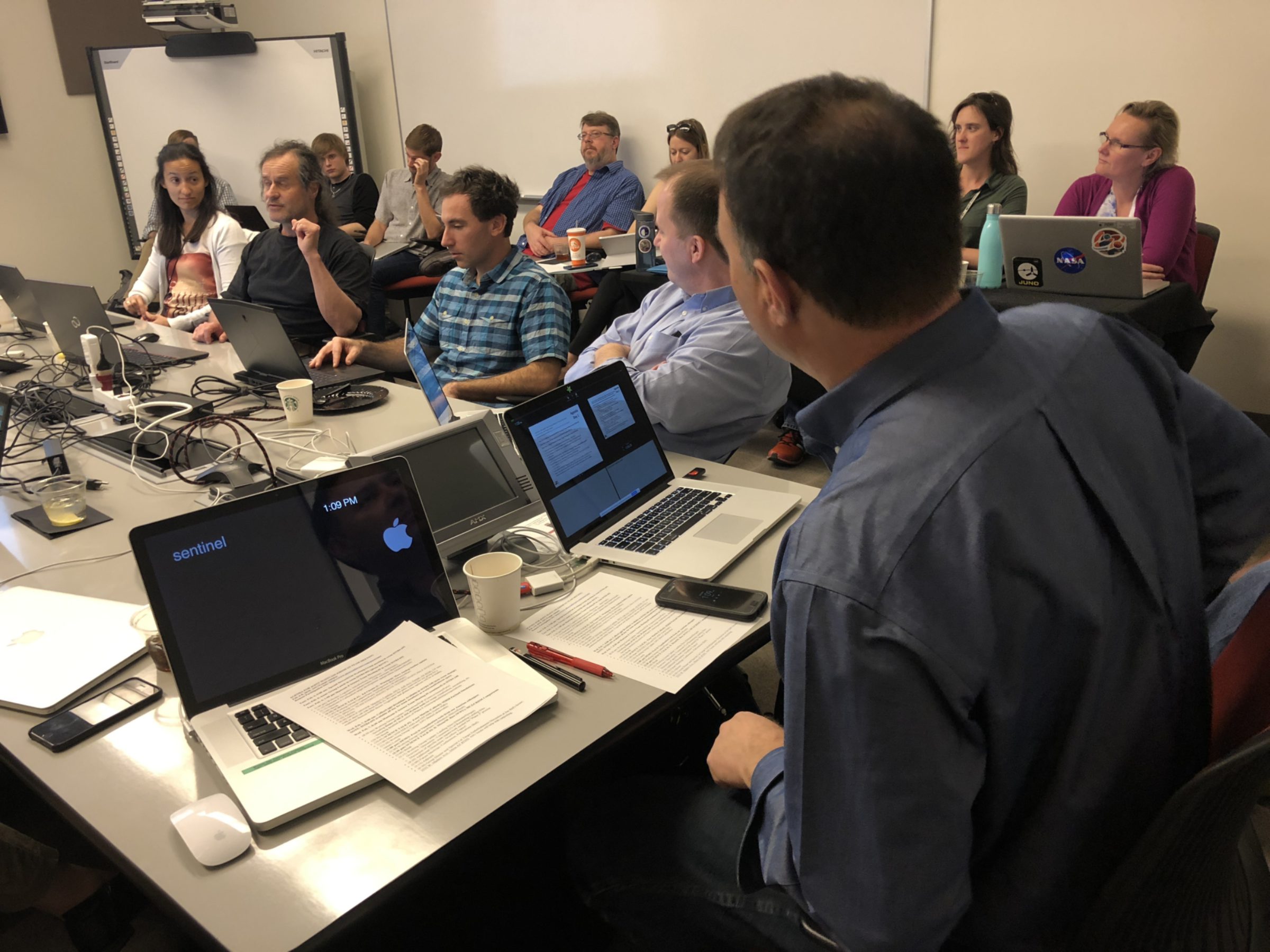
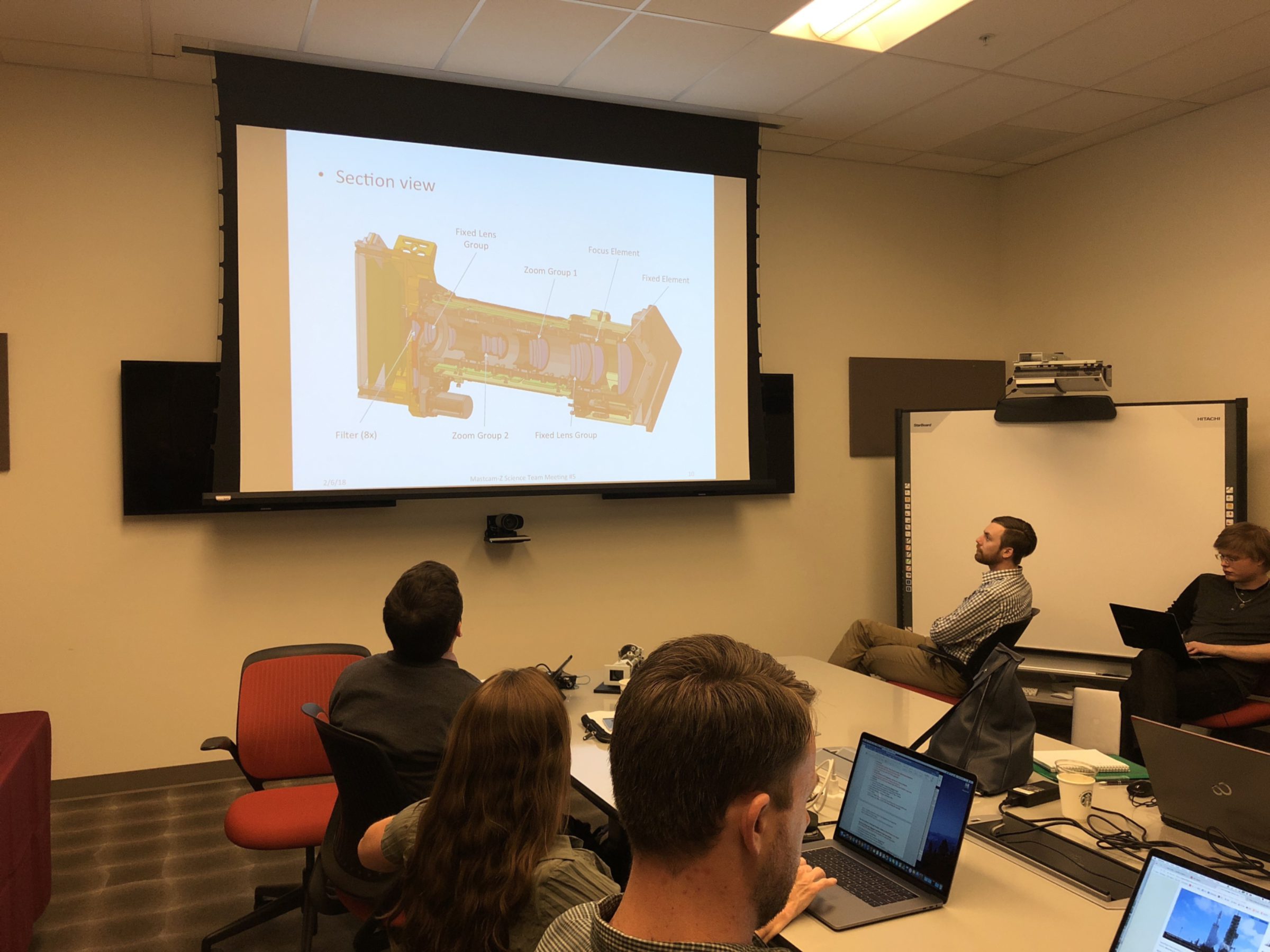
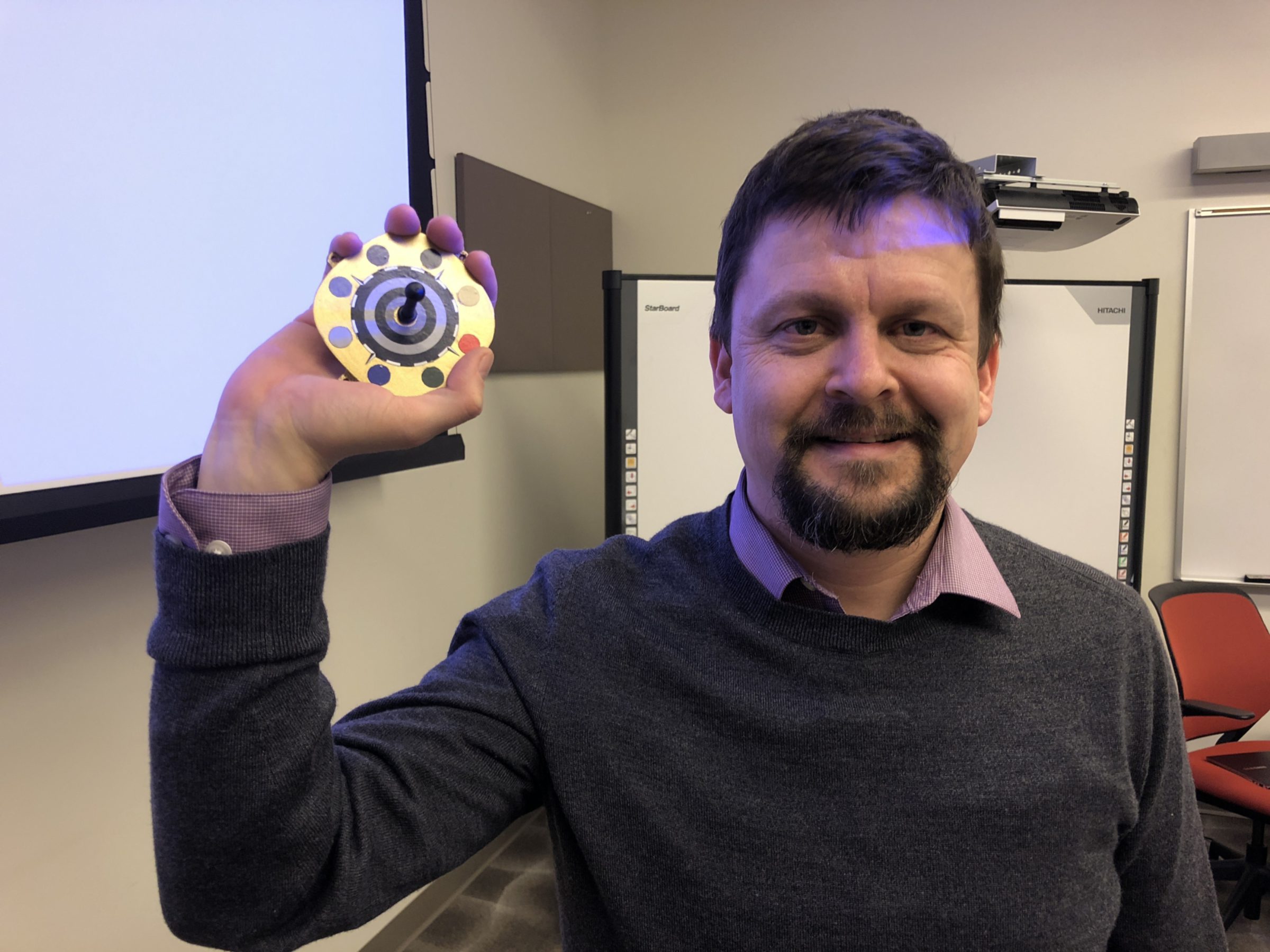
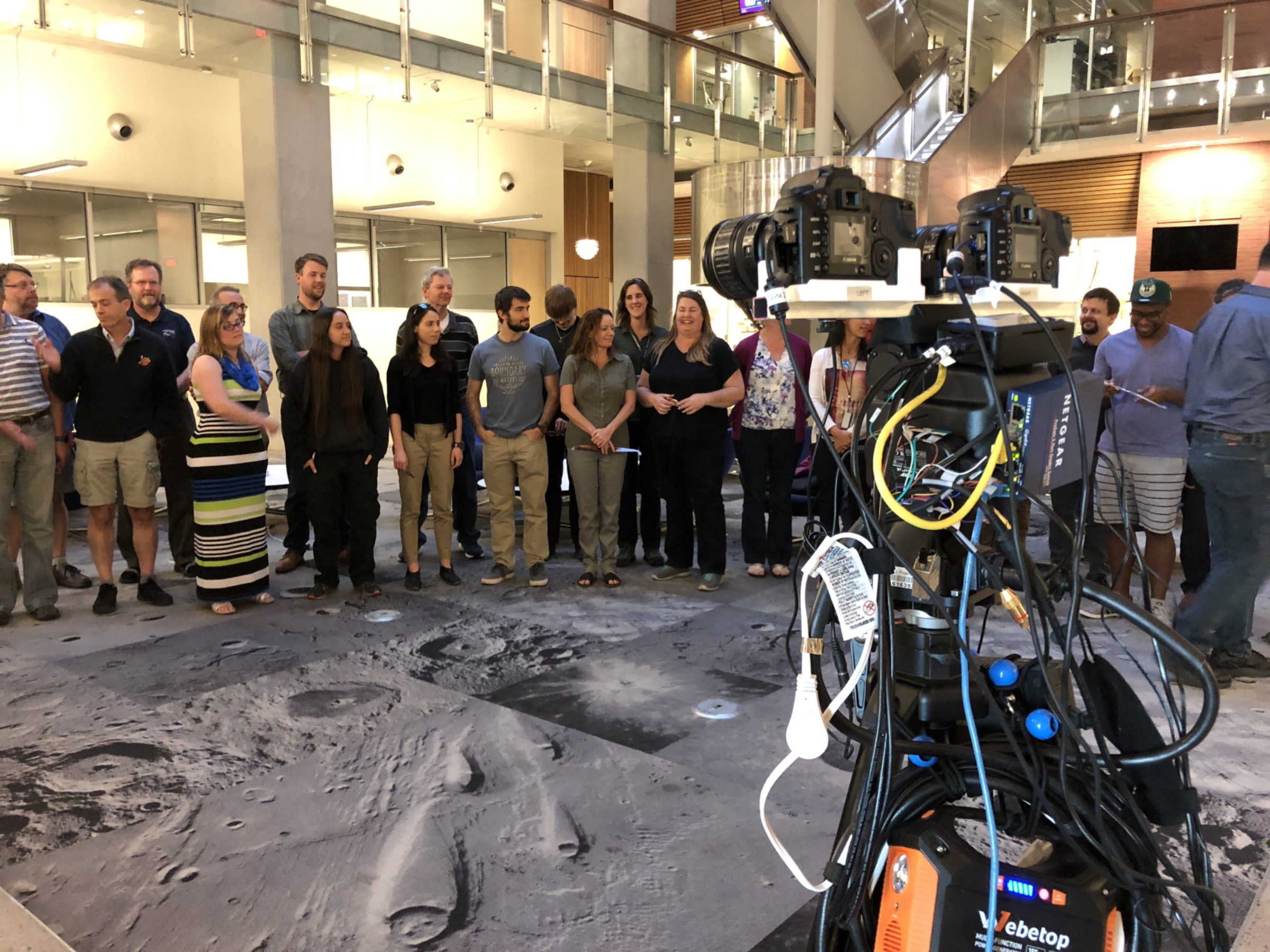

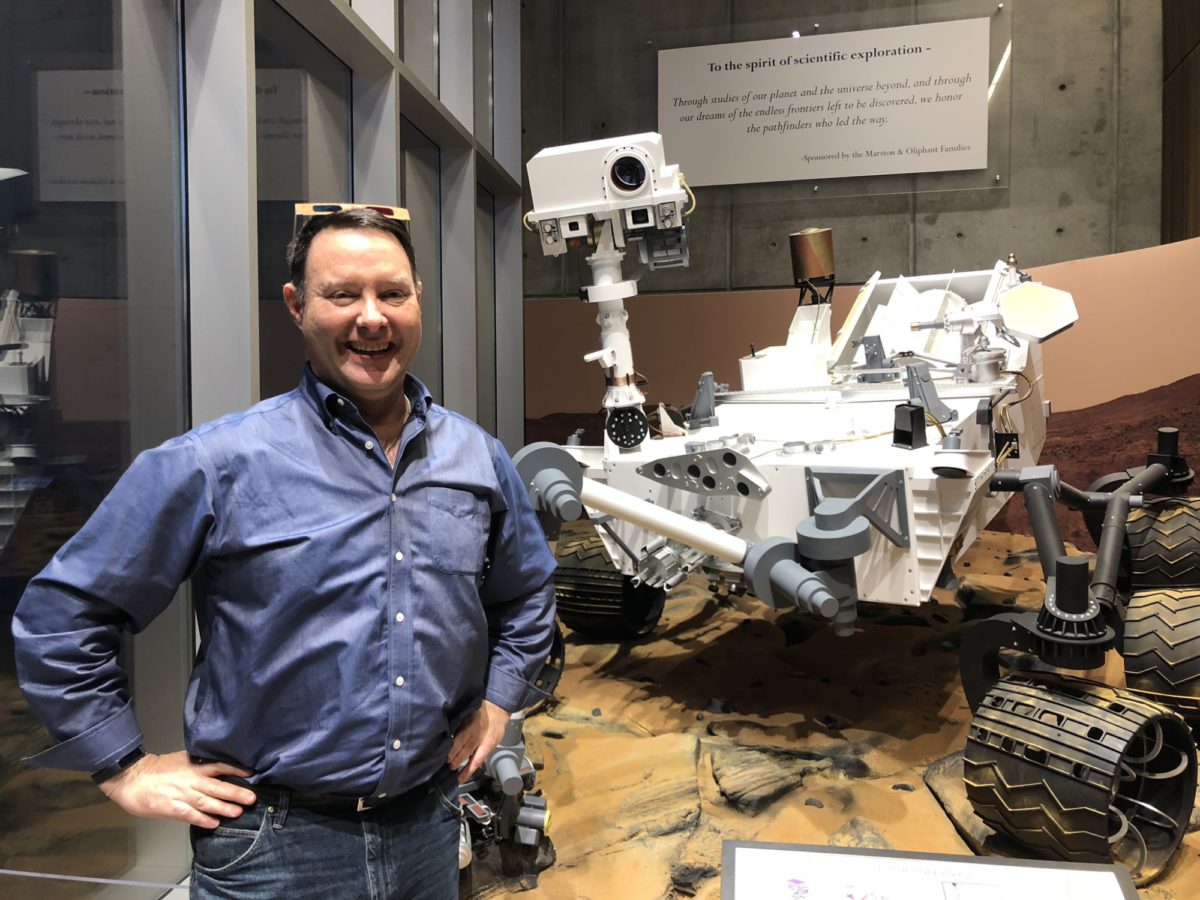
Related Links:
- Mars 2020 Rover’s Mastcam-Z
- Mars 2020 Rover Overview
- ASU Professor Jim Bell, Mastcam-Z Principal Investigator
- Malin Space Science Systems
- Ten times the solar system reminded us sample collection is hard
- Chop Shop Planetary Society Store
This week's prizes are a Planetary Society t-shirt and a 200-point iTelescope.net astronomy account.
This week's question:
What two planets in our solar system have about the same surface gravity?
To submit your answer:
Complete the contest entry form at http://planetary.org/radiocontest or write to us at [email protected] no later than Wednesday, February 21st at 8am Pacific Time. Be sure to include your name and mailing address.
Last week's question:
What was the last launch of a successful wheeled vehicle, with success defined as driving on another world?
Answer:
The answer will be revealed next week.
Question from the week before:
Time once again to play “Where in the Solar System?” Where in the solar system will you find Dingle Sinus?
Answer:
Dingle Sinus is a bay on Saturn’s moon Titan.


 Explore Worlds
Explore Worlds Find Life
Find Life Defend Earth
Defend Earth

